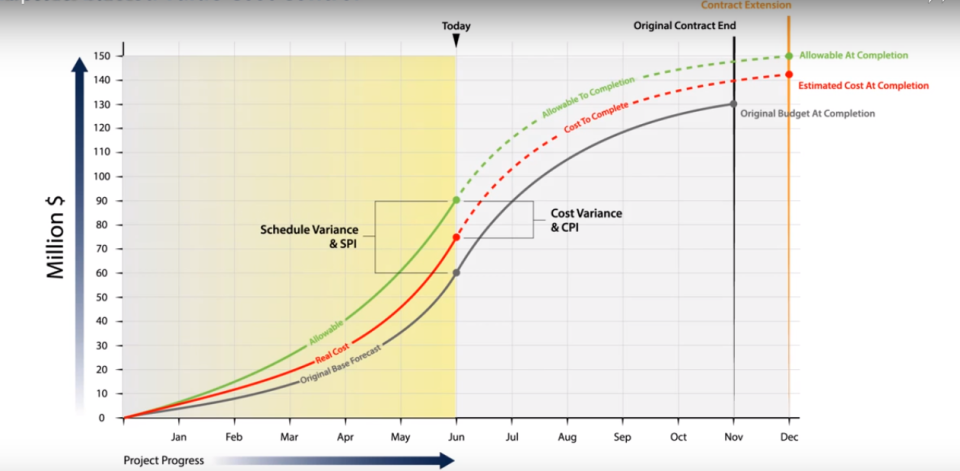
Note: Not all respondents provided their sex at birth. Table 1: Description of the sample size represented, by age group, sex and province/territory, Canada, 2020 Table 1 summarizes the sample size represented by the survey. Of the responses received, 1,142 were from people who indicated that they had used cannabis in the past 12 months for either non-medical or medical purposes. To ensure statistical relevance of results and representativeness, minimum sample sizes were determined and met for these sub-populations. The CCS was designed to obtain a sufficient number of respondents from key sub-populations. For additional details refer to the Methodological report published on the Library and Archives website. Survey results are based on responses from 10,822 respondents aged 16 years and older across all provinces and territories where weights could be created. Cases where a weight could not be attributed were excluded from national estimates but remain in the data set. For the 108 people who were missing a response for both sex at birth and gender, no weights were attributed. Survey findings were weighted by province, age groups, and sex at birth. This summary presents survey findings from the fourth data collection cycle, which started Apand ended June 22, 2020.

The average time to fill out the 2020 CCS was 25 minutes for respondents who reported using cannabis within the past 12 months and 12 minutes for respondents who reported that they had not used cannabis. Respondents who pass a set of screening questions are then sent a link to an online survey, either by email or short message service (SMS) to their mobile phones.

First, respondents are recruited by phone (land line or mobile) from lists of random telephone numbers. The CCS uses a two-step recruitment process. cannabis use in the context of Coronavirus disease 2019 (COVID-19) pandemic.frequency of obtaining cannabis from legal and illegal sources and amount of money spent.

#CCS CANDY TIME NOW WITH CURRENT DAY PORTABLE#

To evaluate the impact of the Cannabis Act, data are required to better understand how Canadians view and use cannabis. The legislation and accompanying regulations came into force on October 17, 2018. The Cannabis Act is a national framework to control the production, distribution, sale and possession of cannabis in Canada.


 0 kommentar(er)
0 kommentar(er)
